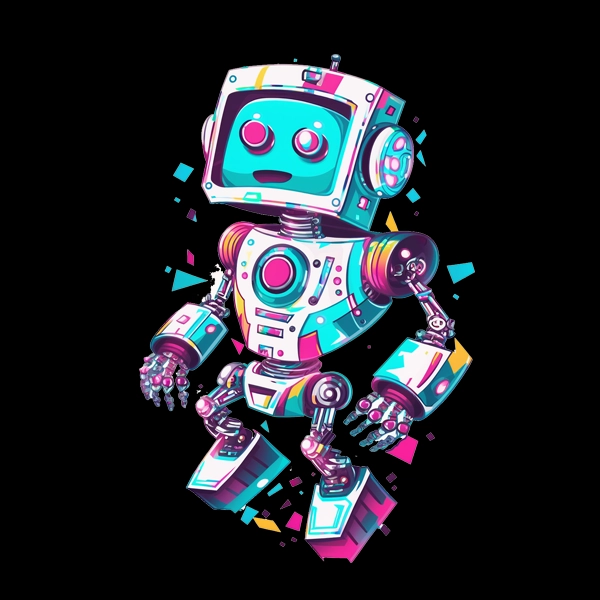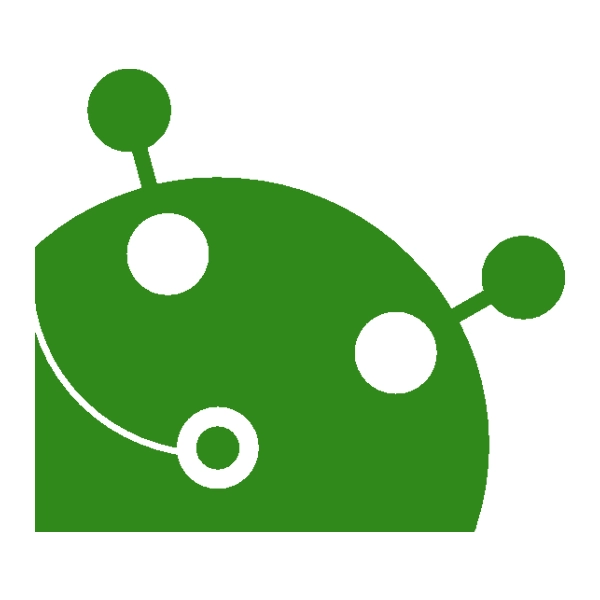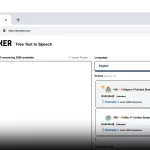OpenAI Swarm: Everything You Need to Know OpenAI lowkey released Swarm and creating a lot of buzz. Get started here with everything you need to know.
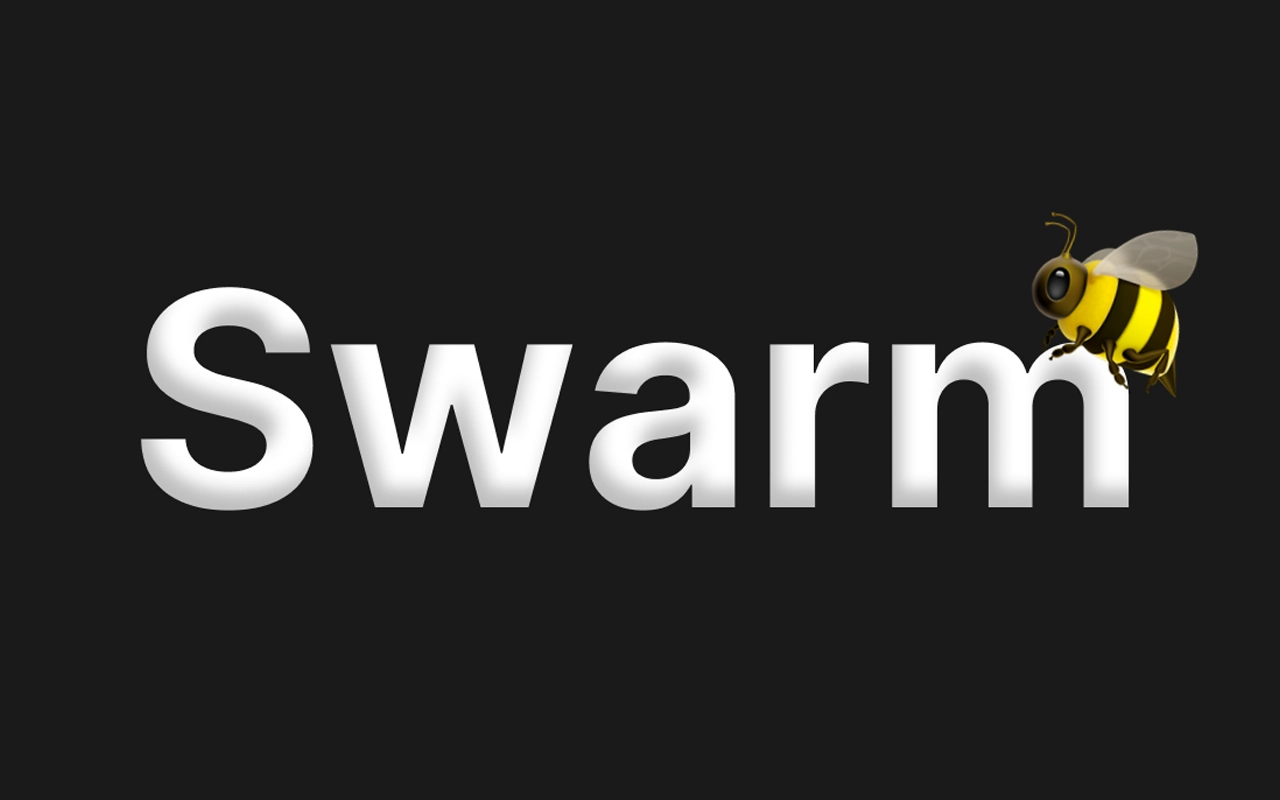
Conversational Voice AI, trained to speak your business.
 Build An Ai Agent
Build An Ai Agent

Table of Contents
Let’s Get to Know OpenAI Swarm
OpenAI Swarm is an experimental framework introduced by OpenAI to help developers orchestrate multi-agent systems. Released in 2024, the Swarm framework explores ergonomic and scalable approaches to managing complex AI agent interactions. The framework is open-source and hosted on GitHub, where developers can dive into its features, experiment, and contribute.
What Is OpenAI Swarm?
At its core, OpenAI Swarm is a multi-agent orchestration framework designed to make agent coordination lightweight, customizable, and easy to test. The framework allows developers to build, orchestrate, and manage a swarm of AI agents, which can pass control between one another to complete tasks. Swarm is particularly useful when a system requires multiple agents to handle different aspects of a workflow or when agents need to make decisions based on complex or dynamic environments.
Swarm introduces two main concepts: agents and handoffs. An agent represents a unit that performs specific tasks or functions, and handoffs allow one agent to delegate a task to another based on the current context. These abstractions make it possible to build complex, flexible AI systems with relatively simple logic.
What Does OpenAI Swarm Do?
Swarm excels at orchestrating AI agents to handle specific tasks within a larger process. For example, you might have one agent that collects data, another that processes it, and yet another that responds to user queries. The system seamlessly passes control between agents, ensuring that the right agent handles the right job.
Each agent operates independently, but can share context, make decisions based on its environment, and pass work along to another agent when necessary. This capability allows Swarm to support real-time task management, making it a valuable tool for complex workflows like customer support, data analysis, and interactive assistants.
Create Your Virtual AI Agent with PlayAI
PlayAI has pioneered text to speech and AI voice technology. This is the backbone on which our intelligent, and conversational AI agents are built upon. Create, train, and launch your virtual receptionist in just minutes, for free.
Who Is OpenAI Swarm For?
OpenAI Swarm is ideal for developers and researchers interested in building and experimenting with multi-agent systems. It is particularly well-suited for those working on AI assistants, robotics, task automation, and real-world coordination tasks. While still experimental, Swarm is a rich educational resource for anyone looking to dive deep into the world of AI agents and autonomous systems.
For developers accustomed to frameworks like LangChain or similar agent frameworks, Swarm offers a way to experiment with multi-agent orchestration at a much finer level, especially in scenarios that require real-time responses and coordination across tasks.
Use Cases of OpenAI Swarm
Swarm is designed for specific real-world use cases, including but not limited to:
- Customer Support Bots: Multiple agents can handle different types of inquiries (e.g., billing vs. technical support) and pass complex queries to the right specialist.
- Automated Personal Assistants: Agents can manage various daily tasks such as scheduling, reminders, and responding to emails.
- Data Processing Pipelines: In a data-driven workflow, different agents can handle data collection, analysis, and reporting in real time.
- Retail and E-commerce: Agents can assist customers with queries, recommend products, and handle returns, passing tasks between specialized agents for a seamless experience.
Getting Started with OpenAI Swarm
To get started with Swarm, you can clone the repository from GitHub and follow the documentation to set up your first multi-agent system.
from swarm import Swarm
client = Swarm()
# Define an agent to handle initial task
agent_a = {
"name": "Agent_A",
"instructions": "You are a helpful assistant managing user requests.",
"functions": [{"name": "fetch_data", "description": "Fetch data from an API."}]
}
# Define a sample message
messages = [{"role": "user", "content": "Can you fetch the weather data?"}]
# Run the agent
response = client.run(agent=agent_a, messages=messages)
print(response)This code snippet shows how to initialize a Swarm client, define an agent, and pass a message to the agent to perform a function like fetching data. Swarm handles the orchestration, ensuring that agents pass tasks between each other when necessary.
For more examples, including handling complex workflows with multiple agents, you can explore the /examples directory in the GitHub repository, which includes scenarios like airline customer service, weather agents, and triage agents for task delegation.
OpenAI Swarm’s Key Features
- Lightweight orchestration: Agents coordinate dynamically in real-time without the need for heavy infrastructure.
- Real-time function calling: Swarm supports real-time JSON function calls, allowing agents to interact with APIs and other services.
- Context Sharing and Handoffs: Agents can hand off tasks, making Swarm suitable for workflows where different agents specialize in different tasks.
- Debugging and Testing: Swarm offers extensive debugging options, making it easier for developers to fine-tune agent behavior.
### Expanding on OpenAI Swarm: All the Details You Need
After understanding the basics of OpenAI Swarm, you might be interested in diving deeper into how it compares to other frameworks, its future potential, and its practical application. Let’s explore all these aspects with a detailed breakdown that touches on essential components, multi-agent orchestration, and the keywords you asked about.
Real-World Applications of Swarm
Swarm is designed to tackle specific tasks that require multiple agents working together. Real-world applications could include:
Robotics
Imagine a multi-agent swarm managing an assembly line or coordinating autonomous vehicles. Here, each single agent within the swarm can handle specialized roles, such as sensor inputs from the environment or specific control tasks.
Healthcare
Swarm can help in triage by having one AI agent collect patient data, while another makes recommendations based on medical history and current conditions. This is a powerful use case of agent handoffs where one agent’s results seamlessly pass to another.
Customer Service
By deploying Swarm in customer support, you can ensure that complex queries (e.g., technical issues vs. billing problems) are routed to the right agents—using chatgpt completions to answer questions dynamically and handing off when specialized support is needed.
Advanced Features of Swarm
Swarm’s advanced features make it stand out in multi-agent orchestration. These features include:
Agent Coordination
Swarm ensures that agents can communicate and coordinate seamlessly. For example, agents can switch between function calls and adapt their actions based on updated context variables.
Tool and Function Calls
Similar to ChatGPT’s function calls in the Assistants API, Swarm agents can call external tools or APIs in real time (think of retrieving weather information or triggering automation).
This lightweight design makes Swarm a strong alternative to systems like Autogen for real-time coordination.
Integration with Other Frameworks
Swarm’s flexibility means it can work well with other agent frameworks like LangChain, which excels in managing language models and retrieval-augmented generation (RAG) tasks. Developers often seek to integrate GPT-based tools into their workflows, and Swarm’s modular structure makes it ideal for this.
For example:
LangChain
Use Swarm for orchestration and LangChain for handling natural language interactions, allowing Swarm agents to work alongside LLMs to respond to user requests dynamically.
Additionally, Swarm can interact with other AI agent ecosystems, such as Anthropic systems, making it easier to build cross-platform agent swarms.
Scalability and Performance
One of the common questions developers have is: How well does Swarm scale? While Swarm is still experimental, its design is lightweight enough to handle complex workflows with many agents. You can have thousands of agents deployed in the cloud, and Swarm will dynamically orchestrate their interactions.
Swarm’s performance holds up in situations where:
- Agents need to make real-time decisions using LLMs like GPT.
- Tasks require multi-agent orchestration—from querying APIs to handing off specific tasks between agents.
Security and Privacy
Because Swarm agents can interact with external APIs and sensitive data, understanding its security features is crucial. While the current framework doesn’t provide specific security features, developers will need to ensure their agents handle data privacy and secure APIs carefully. This is especially important in healthcare or financial sectors, where agents interact with sensitive data.
Customization and Flexibility
One of Swarm’s strongest suits is its ability to be highly customizable. Developers can define:
Custom agents
You can create agents for specific tasks with unique instructions, toolsets, and decision-making capabilities.
Handoffs
This is where Swarm excels. You can set up multiple agents that handoff tasks seamlessly, ensuring each agent works on what it’s best suited for. This allows for flexibility across various real-world use cases.
For example, if you are working with GPT-based systems, an agent might start by handling user input, hand off data processing to another, and finally return the processed results through an interface.
Roadmap and Future Developments
Although Swarm is still in its experimental phase, its open-source nature means there’s a lot of potential for growth:
- Future features might include better integration with other OpenAI APIs and support for more advanced task planning.
- Community contributions: As developers explore more use cases, the community might contribute to adding new agent interfaces, tools, and workflows.
Developers who are keen on AI orchestration will benefit from watching Swarm evolve alongside tools like AutoGen and ChatGPT.
Comparison with Other Multi-Agent Frameworks
Swarm is unique in its simplicity and modular design. Compared to other frameworks like AutoGPT or LangChain, Swarm focuses more on real-time agent coordination and handoffs, rather than complex pre-defined agent behavior. While LangChain is great for RAG tasks and large-scale data handling, Swarm excels in specific task orchestration, where agents interact and respond dynamically based on real-time conditions.
Tutorials and Learning Resources
For developers eager to dive in, there are several tutorials and learning paths within the Swarm GitHub repository:
- You can try basic examples like setting up a single agent to interact with APIs, then scale up to multi-agent setups that involve complex handoffs between agents.
- Check out the
repl.pydemo to see Swarm in action, or explore/examplesfor full agent workflows like airline customer support or shopping bots.
OpenAI Swarm is a powerful tool for orchestrating multi-agent systems, particularly in scenarios that require real-time task management and specific agent coordination. Whether you’re working on GPT-based assistants, RAG-based systems, or more specialized AI workflows, Swarm provides the flexibility and modularity you need. Its integration with open-source platforms and ease of use makes it an exciting framework for AI experimentation and development.
As the artificial intelligence space continues to evolve, Swarm’s unique approach to agent coordination and handoffs will make it an invaluable tool for developers pushing the boundaries of AI assistants and multi-agent orchestration.
OpenAI Swarm opens up exciting possibilities for multi-agent systems, empowering developers to orchestrate AI agents in complex workflows. Whether you’re building a customer service chatbot, an interactive assistant, or a data pipeline, Swarm provides the tools to handle agent coordination smoothly.
With the growing interest in agentic systems and AI, Swarm is a powerful resource for those looking to push the boundaries of what’s possible with multi-agent AI orchestration. The framework is still experimental, but it’s an open playground for developers ready to explore the next frontier of AI assistants and autonomous systems.
To explore more, check out the Swarm GitHub repo here.
Similar articles
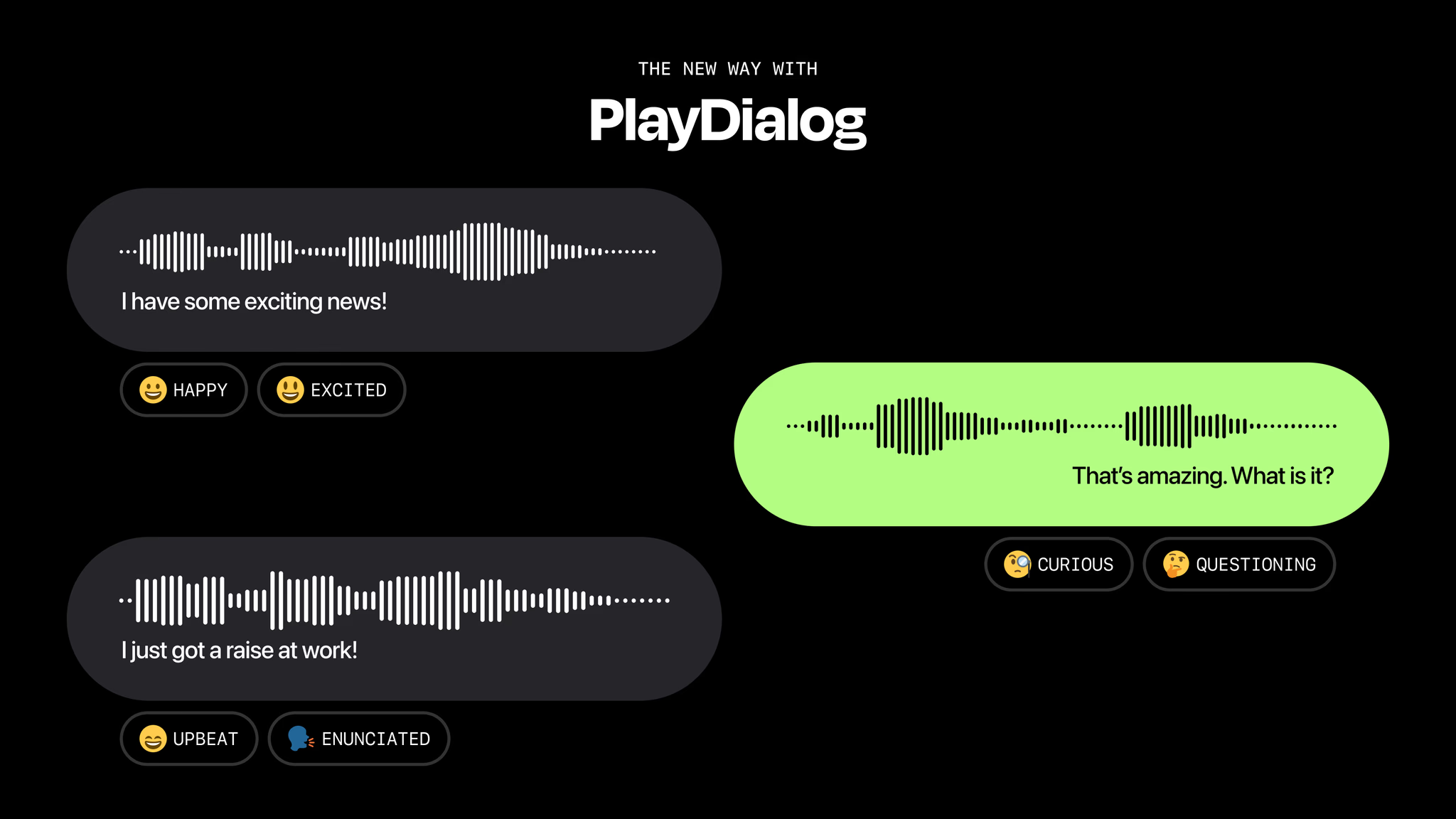
Introducing PlayDialog – A voice model built for fluid, emotive conversation

Introducing Play 3.0 mini – A lightweight, reliable and cost-efficient Multilingual Text-to-Speech model
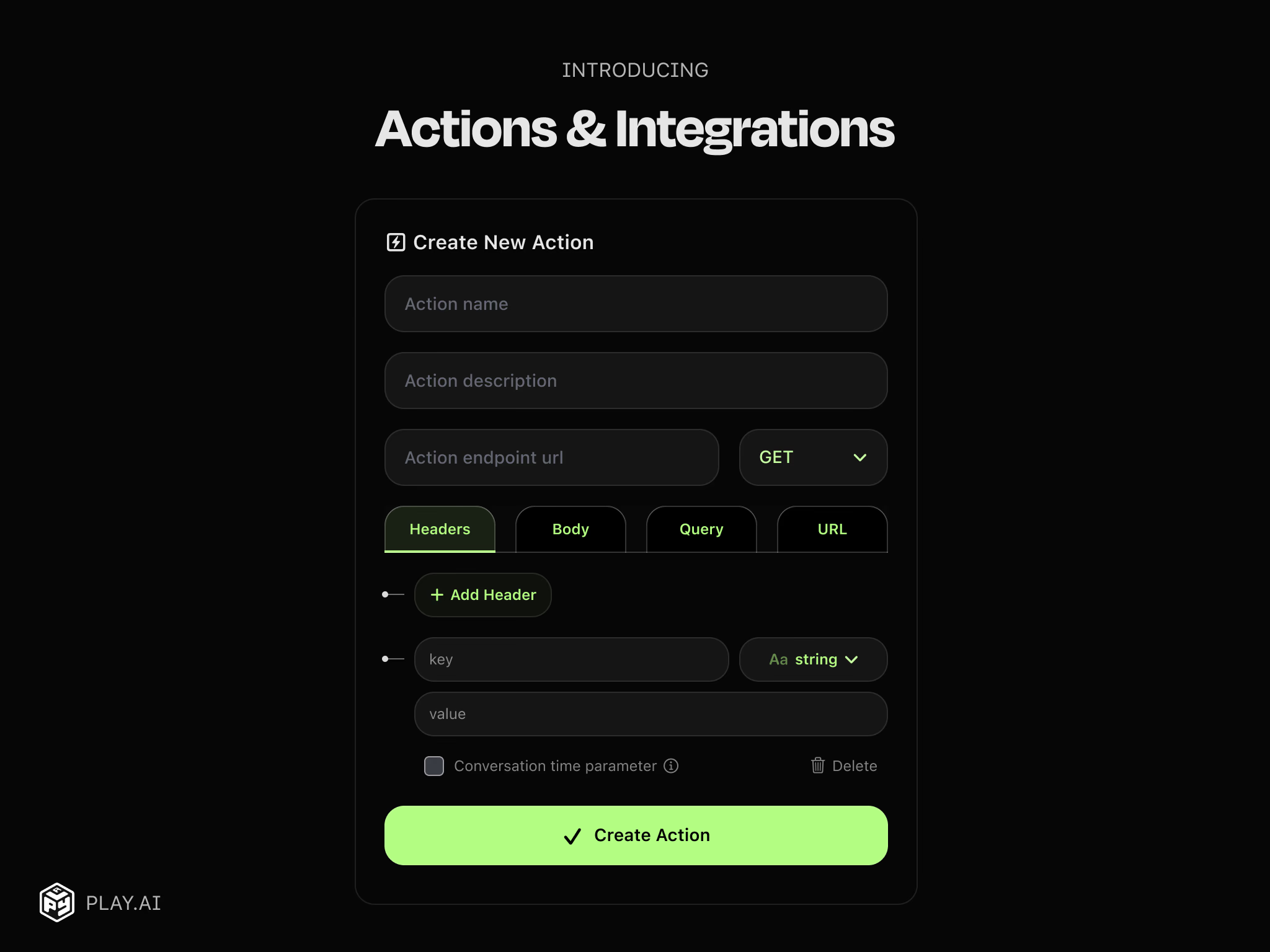
Play Actions 1.0

Introducing Play AI – A Conversational Voice Interface for AI

Create Agent Updates

What’s New In Play.ai

Tips for Creating the Best AI Voice Clones

Phone Ordering System: Revolutionizing Customer Experience with AI Solutions

Contact Center Automation: Faster, Smarter Support

AI Customer Service: Support that Never Sleeps

AI for Real Estate Leads: Close Deals Fast

AI Concierge: Transforming Customer Interactions

PlayAI’s $21M Funding and The Release of a New Multi-Turn Speech Model

Synthflow AI Pricing : A Complete Overview

Bland AI Pricing 2025: Everything You Need to Know
































































